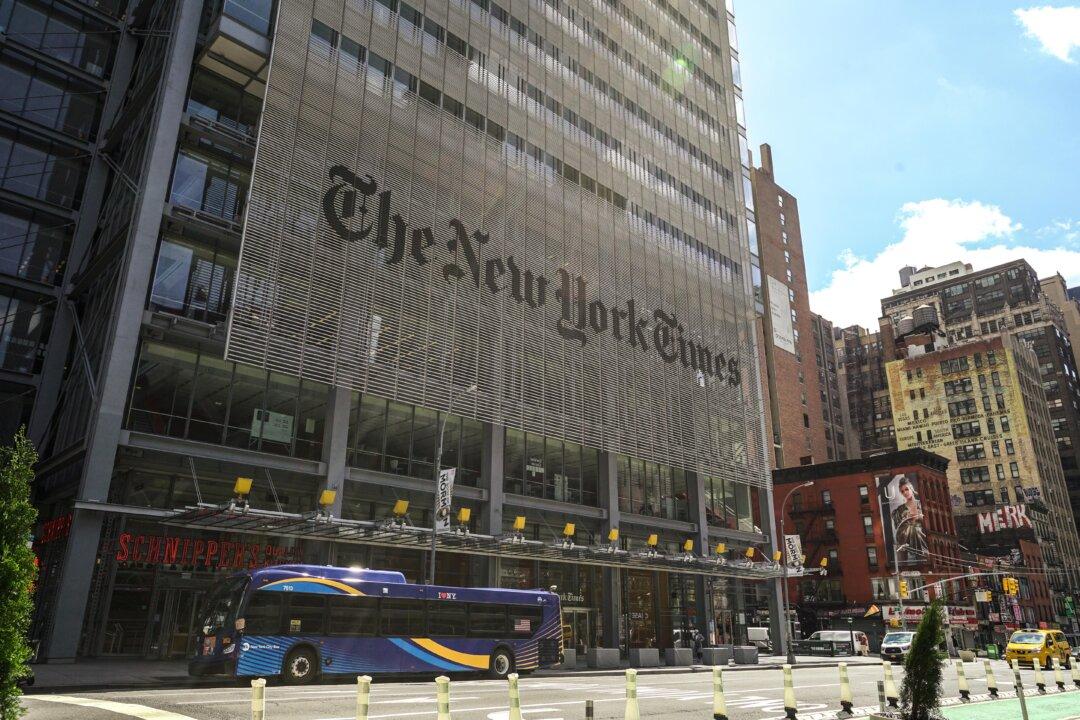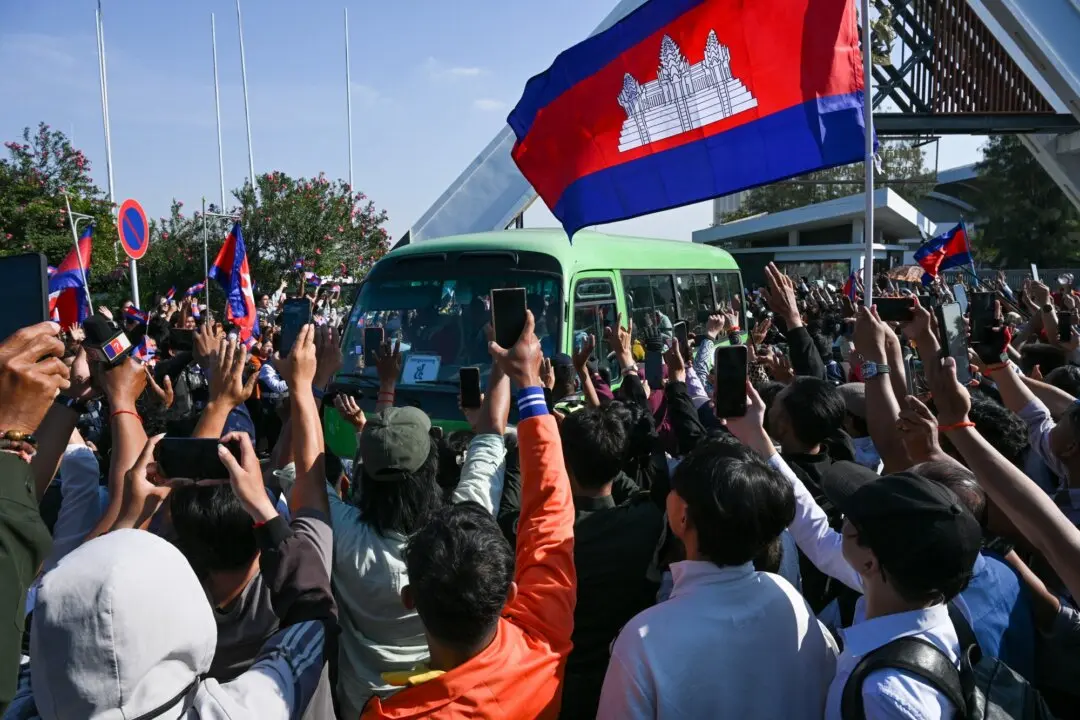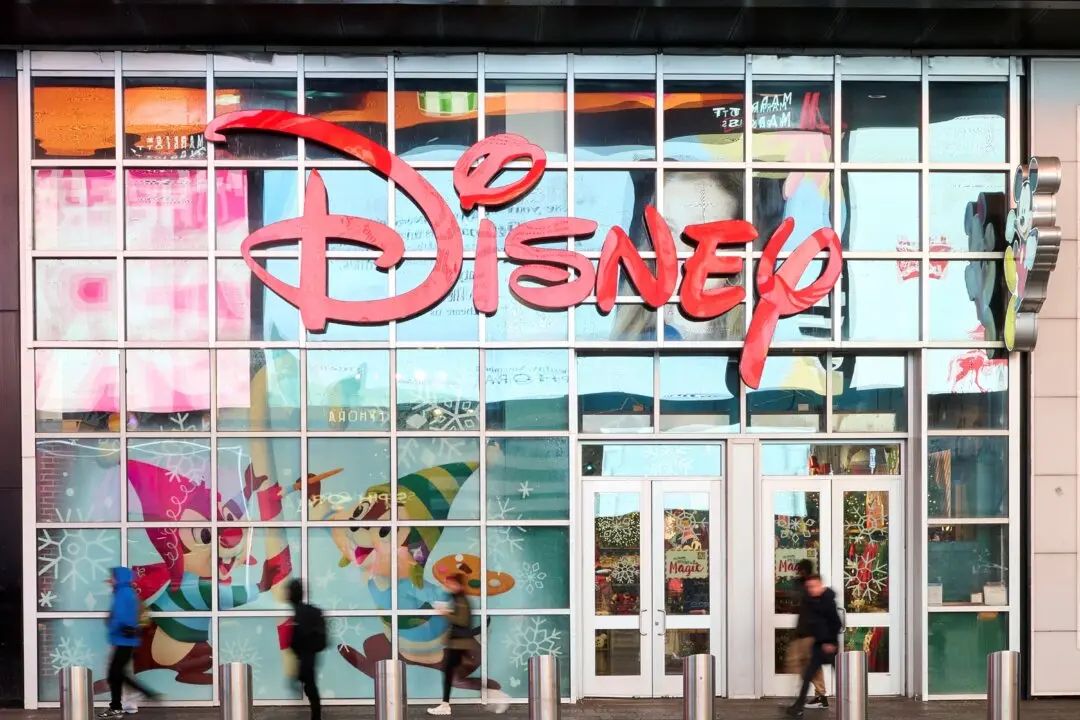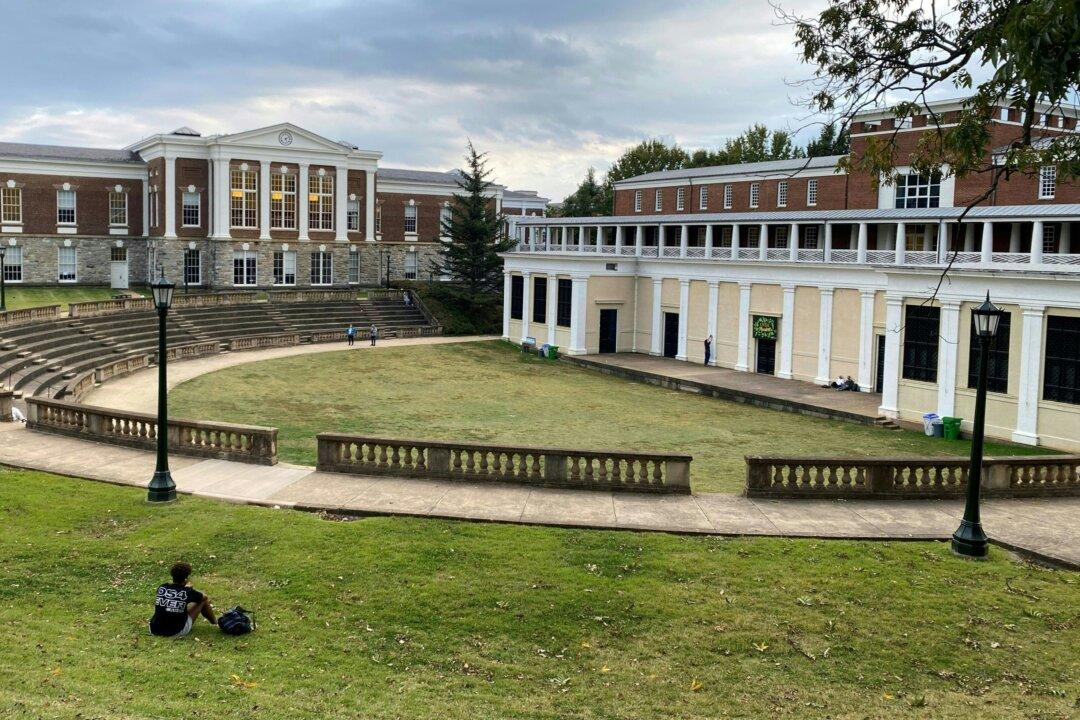Liberty University has filed a $10 million defamation lawsuit against The New York Times for a “fictional tale” about the university’s decision to stay open amid the CCP virus pandemic.
The private Evangelical university announced Wednesday on its website that it is suing The New York Times, reporter Elizabeth Williamson, and photographer Julia Rendleman for defamation and other claims—including trespassing—arising from their alleged “intentionally false” reporting.





